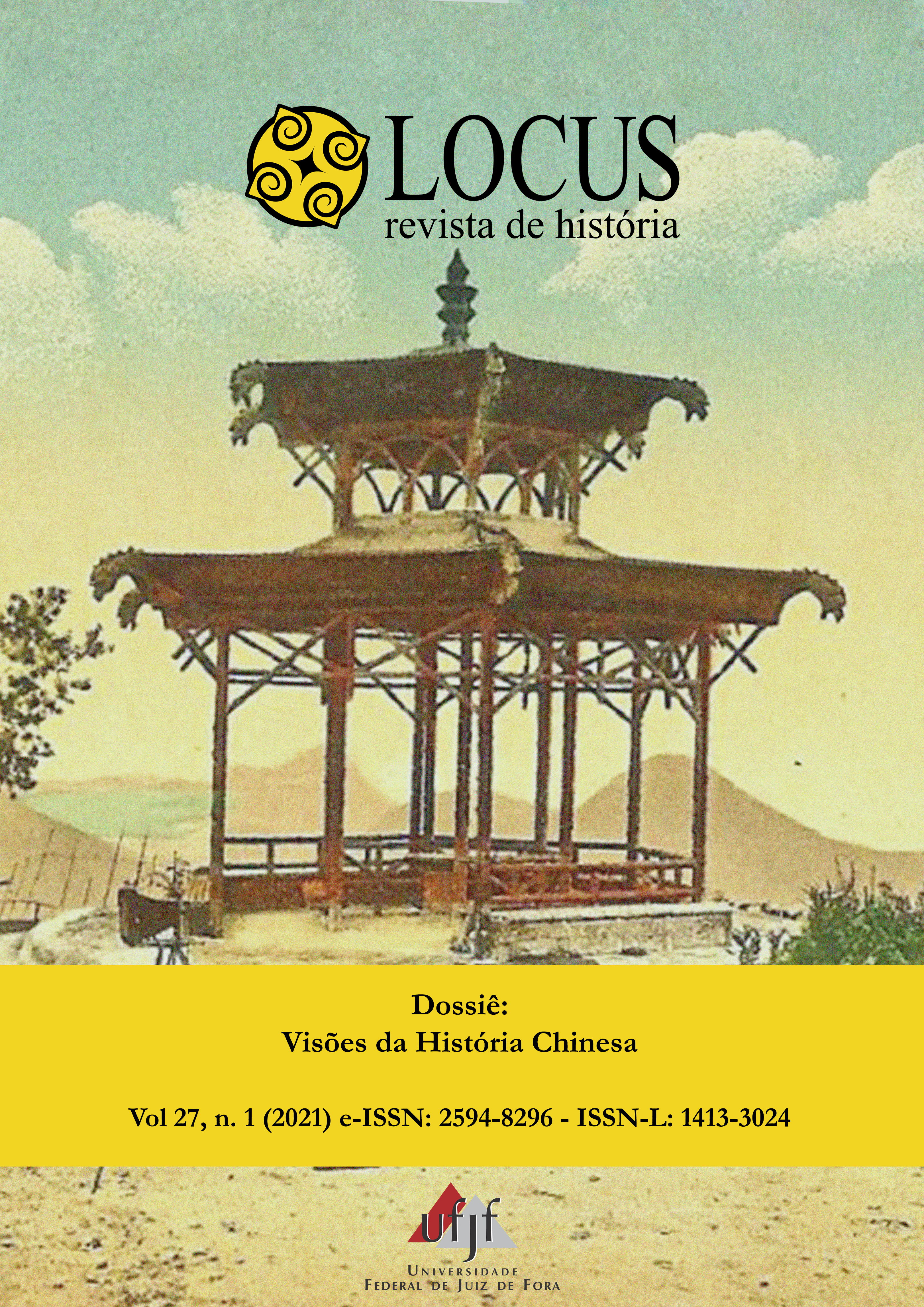Dossiê
From Kingdom to Empire to Universal Salvation Religion: A History of Paradigm Shifts in Early China
Published 2021-05-13
Keywords
- Chinese Religions,
- Ancient China History,
- Universal Salvation Religions,
- Buddhism
How to Cite
Lagerwey, John. 2021. “From Kingdom to Empire to Universal Salvation Religion: A History of Paradigm Shifts in Early China”. Locus: History Journal 27 (1):10-22. https://doi.org/10.34019/2594-8296.2021.v27.33101.
Copyright (c) 2021 John Lagerwey

This work is licensed under a Creative Commons Attribution 4.0 International License.
Abstract
I have long been intrigued by the fact that the Roman and Han empires collapsed at roughly the same time, and that there emerged from the rubble two universal salvation religions—Buddhism and Christianity—that proved indispensable to social and political reconstruction. Knowing only the rudiments of the Western story, I will focus on what I consider to be the ideo-logic of events in China, leaving aside the economic and technological factors of which I am ignorant.
Downloads
Download data is not yet available.
References
- Bokenkamp, Stephen R. Ancestors and Anxiety: Daoism and the Birth of Rebirth in China. Berkeley: University of California Press, 2007. https://doi.org/10.1525/9780520933347
- Fox, Robin Lane. Pagans and Christians. New York: Knopf, 1987.
- Kleeman, Terry F. Celestial Masters: History and Ritual in Early Daoist Communities. Cambridge: Harvard University Press, 2016. https://doi.org/10.1163/9781684170869
- Lagerwey, John. “Dieu-Père/Dao-Mère : dualismes occidentaux et chinois”. In Extrême-Orient, Extrême-Occident : Special issue The Father in Question, 2012, 137–57. https://doi.org/10.4000/extremeorient.212
- Lagerwey, John. “Introduction”. In Early Chinese Religion II: the Period of Division, orgs. John Lagerwey e Lü Pengzhi, 1–50. Leiden: Brill, 2009.
- Lai, Guolong. Excavating the Afterlife. The Archaeology of Early Chinese Religion. Washington: Washington University Press, 2016.
- Levi, Jean. “The Rite, the Norm and the Dao: Philosophy of Sacrifice and Transcendence of Power in Ancient China”. In Early Chinese Religion I: Shang through Han, orgs. John Lagerwey e Mark Kallinowski, 645–692. Leiden: Brill, 2008.
- Li, Jianmin. “They shall expel demons: etiology, the medical canon, and the transformation of medical techniques before the Tang”. In Early Chinese Religion I: Shang through Han, orgs. John Lagerwey e Mark Kallinowski, 1103–1050. Leiden: Brill, 2008.
- Lin, Fu-shih. “The Image and Status of Shamans in Ancient China”. In Early Chinese Religion I: Shang through Han, orgs. John Lagerwey e Mark Kallinowski, 397-458. Leiden: Brill, 2008. https://doi.org/10.1163/ej.9789004168350.i-1312.59
- Martin, François. “Buddhism and Literature”. In Early Chinese Religion II: the Period of Division, orgs. John Lagerwey e Lü Pengzhi, 891–952. Leiden: Brill, 2009.
- Nylan, Michael. “Classics Without Canonization: Learning and Authority in Qin and Han”. In Early Chinese Religion I: Shang through Han, orgs. John Lagerwey e Mark Kallinowski, 721–768. Leiden: Brill, 2008.

